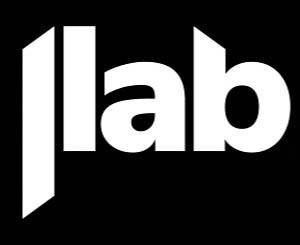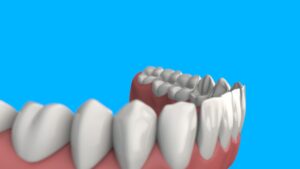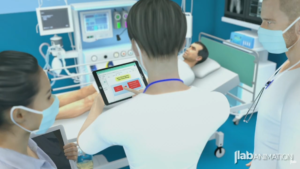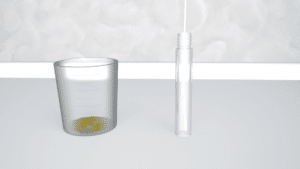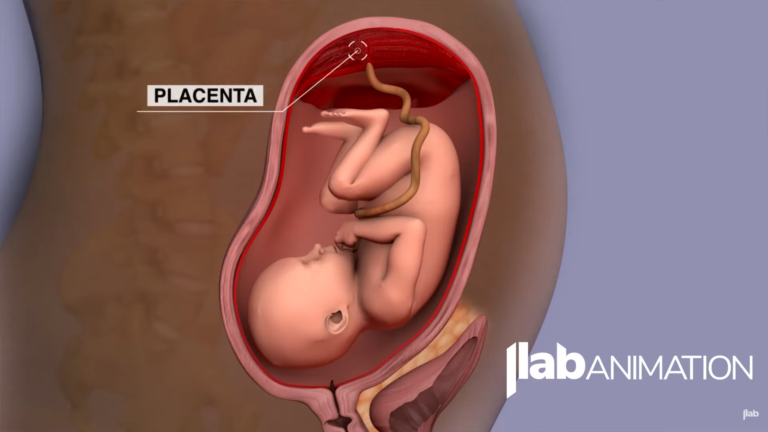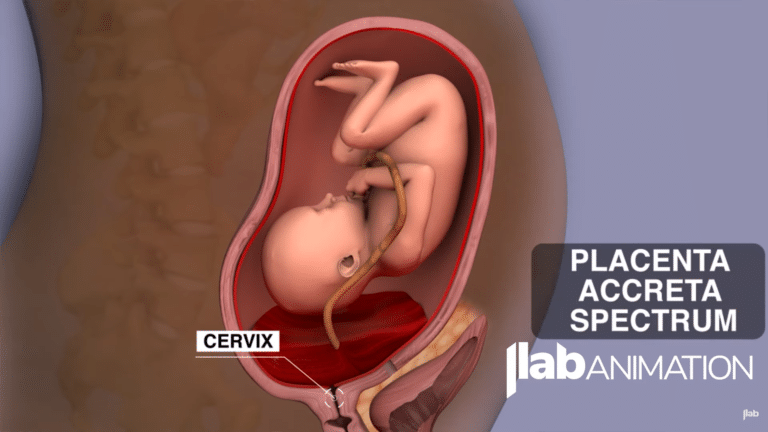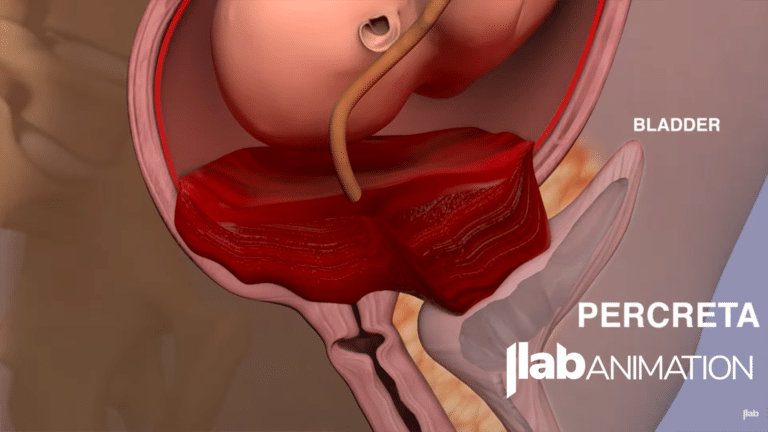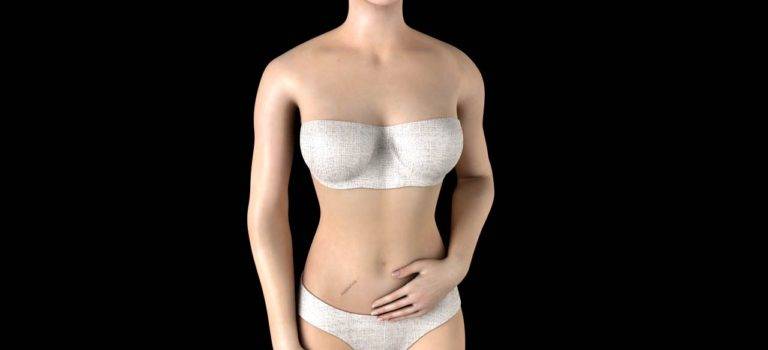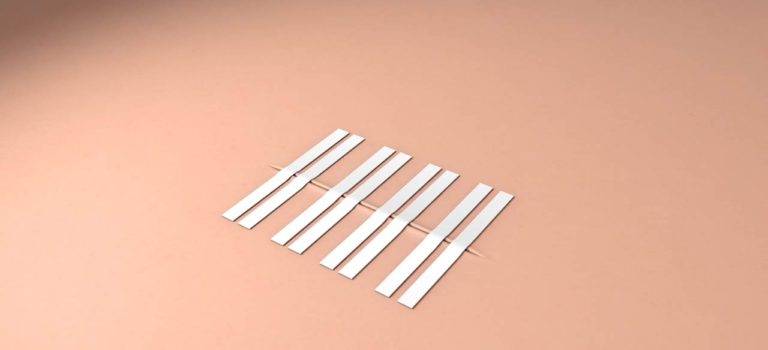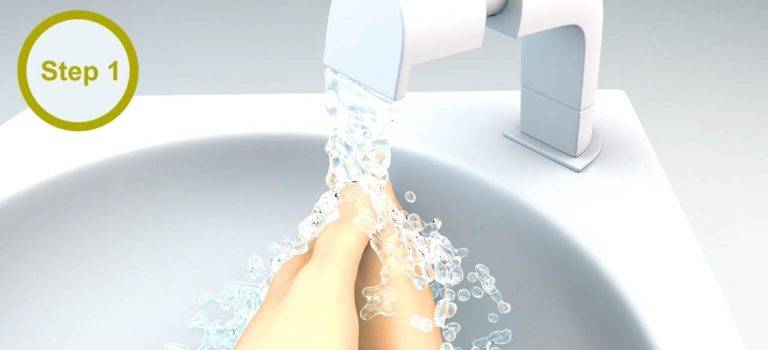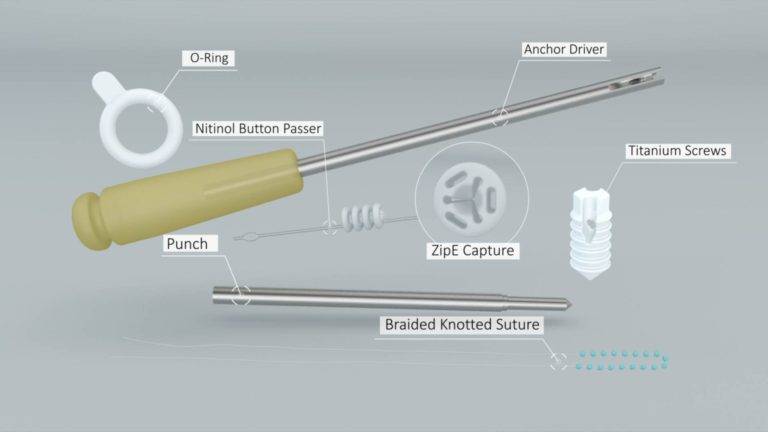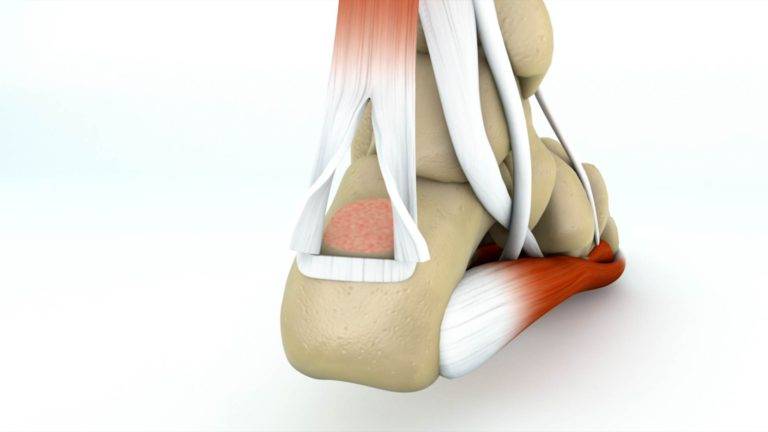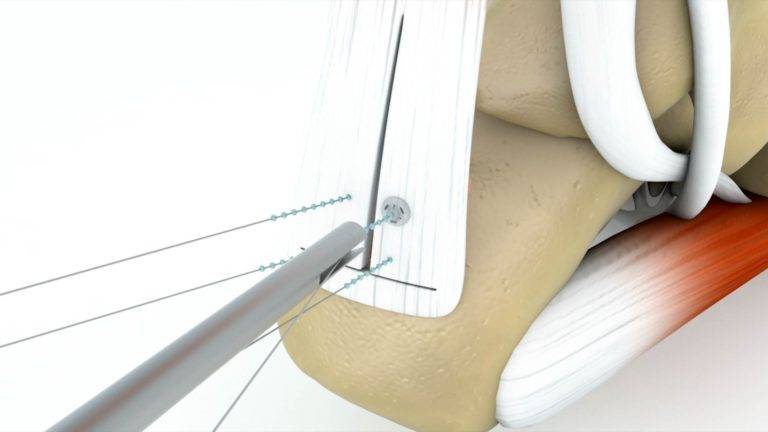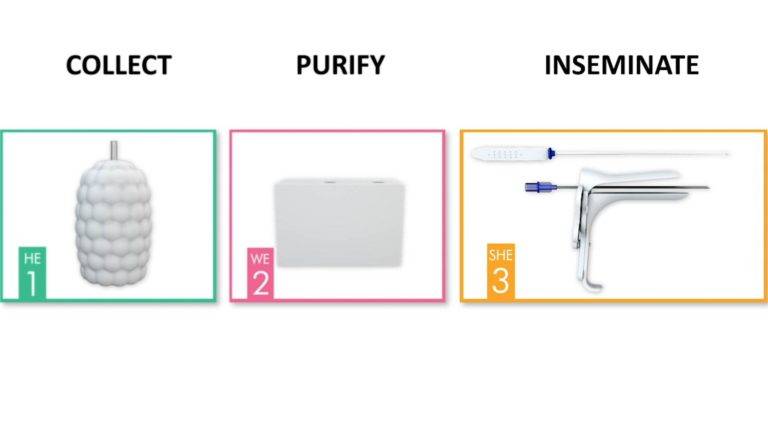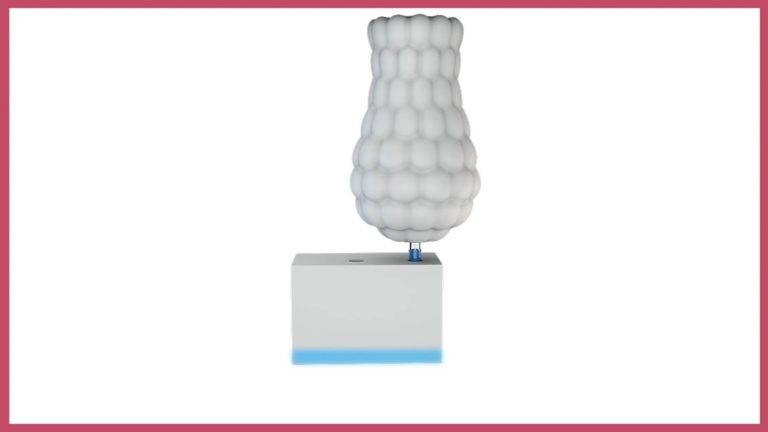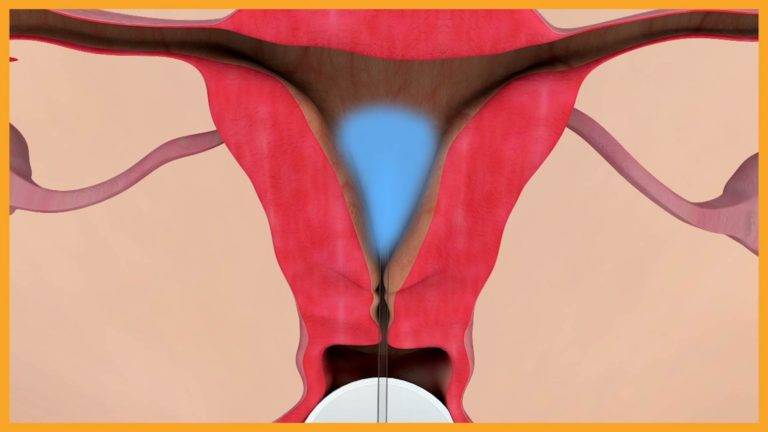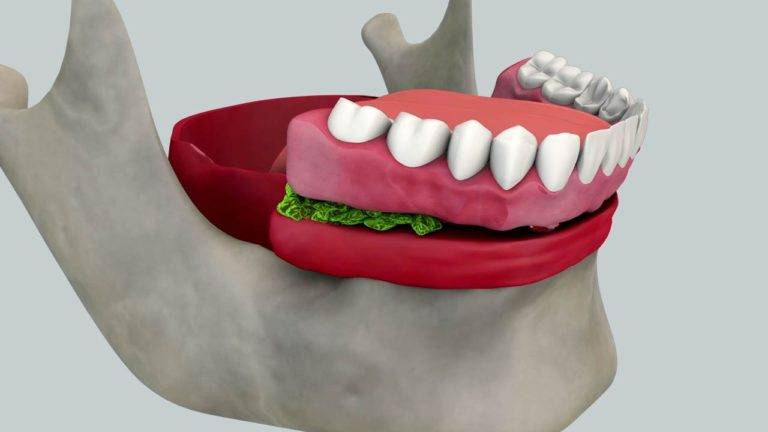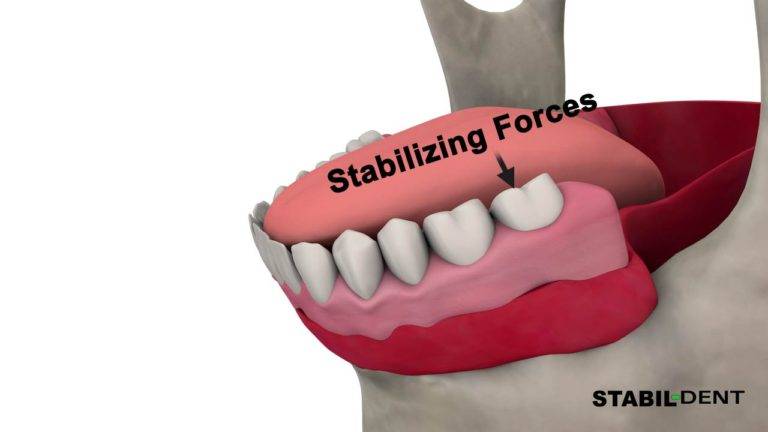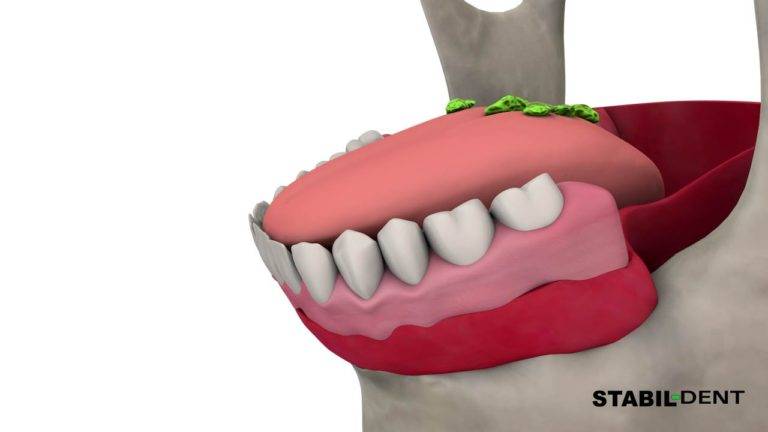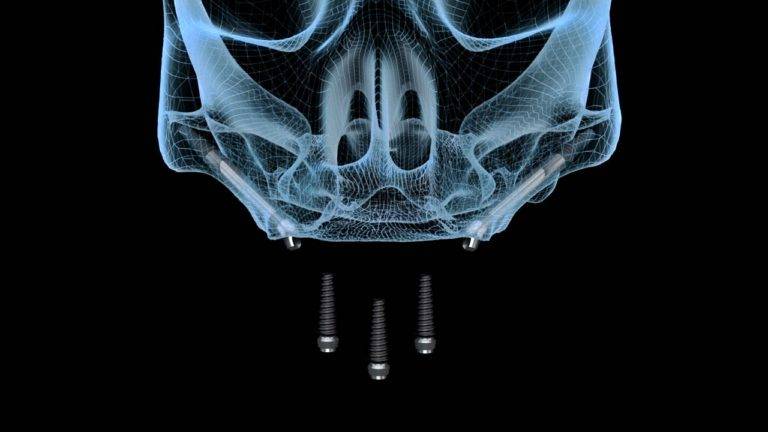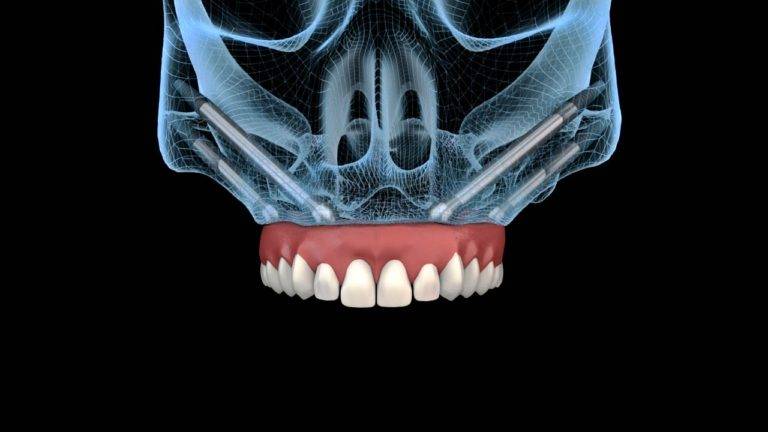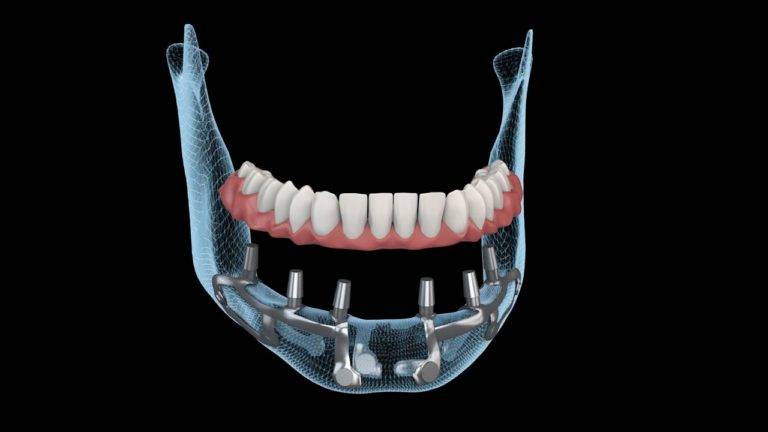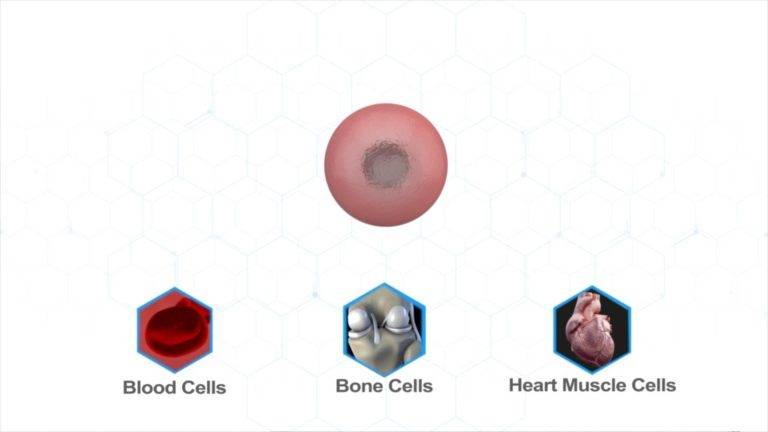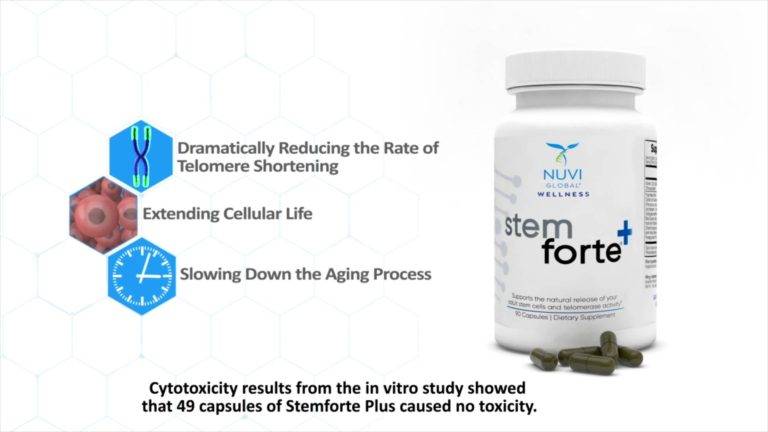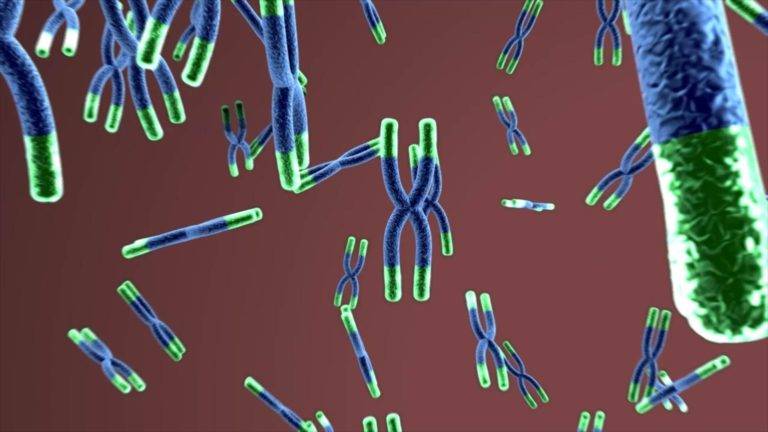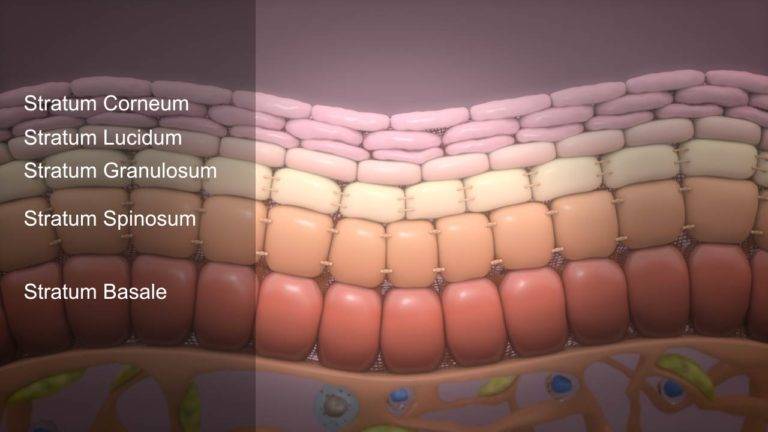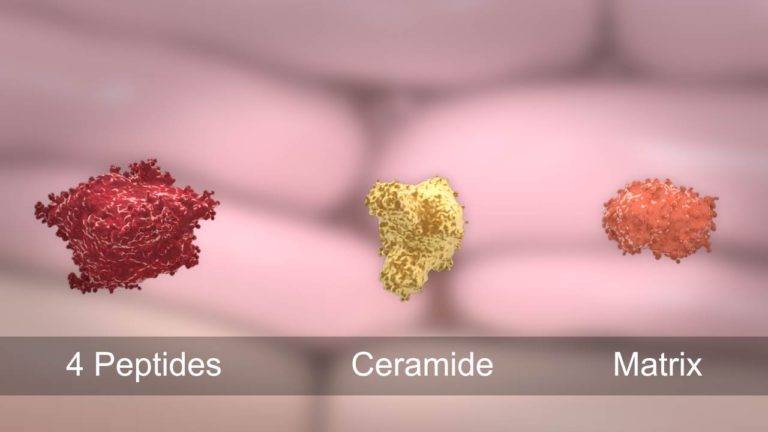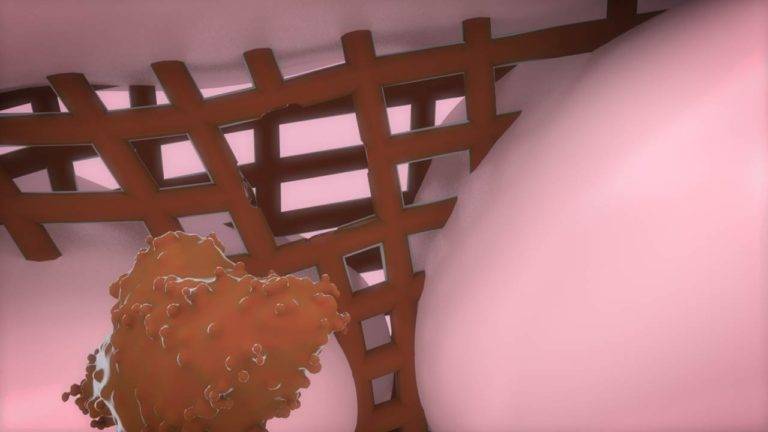The covid pandemic left the world in shock, especially during the early stages.
Despite all the technologies and medical advancements, professionals could not control the spread of disease.
Moreover, the world had to go into lockdown, and millions died because of the continuous mutation of the virus and resistance from patients to get treatment or vaccination.
This made medical professionals realize the importance of 3D medical animation.
During the pandemic, 3D medical animation was the only technology that helped spread the disease’s awareness.
Moreover, it educated people about the disease’s testing process, treatment, and vaccination.
This is one of the biggest reasons the 3D medical animation market growth rapidly increased during and after the pandemic.
Impact of covid pandemic on 3D medical animation technology
During the covid crisis, the 3D medical animation market was estimated at US$222.3 million globally in 2020.
It was estimated that the growth would reach US$768.2 million in the future.
Experts say that 3D medical animation will generate a CAGR of 19.4% in the coming years.
These statistics clearly show how the pandemic has raised the bar for animation technology and increased its importance in the medical industry.
Uses of 3D medical animation in healthcare
These are various ways healthcare providers and pharmaceutical firms have used 3D medical animation during the pandemic.
- Healthcare professionals use 3D medical animation to explain surgical or medical treatments, testing procedures, and other research methodologies to patients. It allows them to explain every detail with better comprehension.
- Medical animations allow professionals to display their capabilities and experiences through their research work and explain it more effectively. They can provide high-quality work for all fields of the medical industry.
- According to WHO, new viruses are being introduced once per year after the pandemic, which is alarming. However, with the help of 3D medical animation, professionals have been able to spread awareness and manage the situation before it gets worse, like covid.
- Moreover, labs use animations to share protein and genome architecture knowledge. All information is available in open-access databases so the public can access and understand the information. It can help them take preventive measures regarding any other disease.
- After the pandemic, new innovative animation technologies were introduced. They are now greatly used in the medical field for educational purposes.
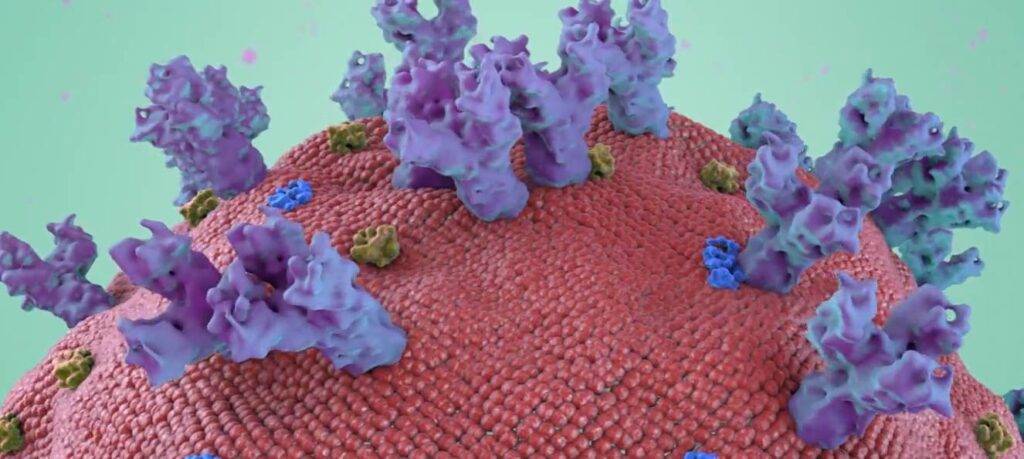
Growth of 3D medical animation after pandemic from 2022 to 2027
In 2022 medical animation market grew to US$ 198.80 million, and it is expected to produce a CAGR of 19.67% with a value of US$486.90 million by 2027.
These statistics clearly show the importance of medical animation.
Today it is a powerful instructional tool for providing education on any type of treatment using 3D imaging.
It is expected that in a few years, medical animations will attract a large set of the audience because they make it easy to understand medical procedures.
Using advanced microprocessors, medical animations are made more intricate and comprehensive.
Major market drivers of 3D animation technology
After the pandemic, certain reasons led to the growth of the 3D medical animation market. Some of the market drivers are given below.
1- Advancement in medical technology
Medical animation is a rapidly advancing technology. It started with 2D animations, which were hard to implement initially, but they had great use in the educational field.
However, soon 3D medical animations were introduced, and they were a huge success during the pandemic, and further improvements are being made to this technology to make it more accessible to professionals and the public.
Moreover, experts are working on 4D animation technologies to ensure improvements in this field.
Flash animation is another technology in this field that is being developed.
However, 3D animation has the largest share in the market, and it is going to dominate the industry for a while.
2- Increase in adoption
The medical industry is rapidly innovating and adapting to new technologies which are being introduced.
There are many fields in which animation technology is being greatly utilized, such as.
– Drug delivery
– Surgical programming and education
– Molecular and cellular studies
– Various other applications
It clearly shows how quickly professionals accept animation technology and are ready to learn and implement it.
3- Access to technology and education
Everyone has access to technology through various devices like smartphones, tablets, laptops, and computers.
Therefore, people find it easy to access knowledge on the internet using their devices.
There is a lot of fake and misleading information available online.
Therefore, with the utilization of 3D animation videos, medical professionals can share their knowledge about medical issues, their symptoms, and possible treatments so that people will not get confused by misleading information.
It will become easier to provide medical care without conflict with patients because they saw or read something online that has nothing to do with their
health or condition.
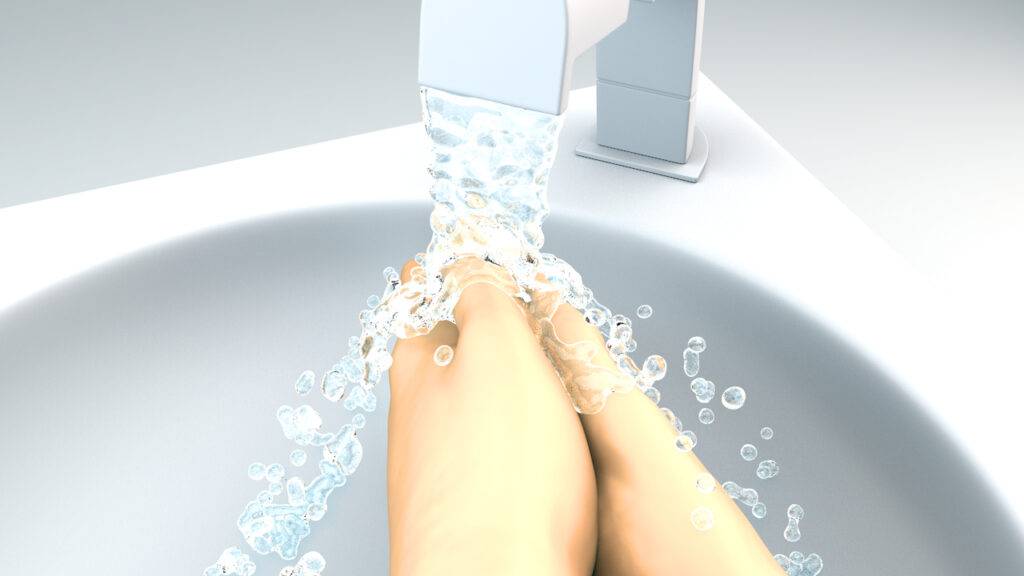
Market restraints for medical animations
No doubt, medical animation technology is rapidly evolving, but there are a few market restraints that may impact its growth in the future.
Currently, 3D medical animation service is very expensive, so its growth will slow down to some extent.
Moreover, there is a lack of certified professionals in the field, which can exacerbate the issue.
If we can overcome these problems, we can easily maintain the growth and development of 3D and 4D medical animation technology without hesitation.
Understanding and utilizing technology to help patients and the public understand medical procedures, treatments, and methodologies is a great way of communication.
3D medical animation technology has made it easier for healthcare professionals to convey the entire treatment process to patients without stressing them with words.
Final Remarks:
Previously patients could not understand half of what doctors were saying about the treatment.
However, now using animations, doctors can easily explain the entire treatment process with its risks and benefits. It would not be wrong to say that 3D medical animation is the future, and we must adapt to this technology quickly. JLab Animation is providing the best 3D medical animation services in the industry.

